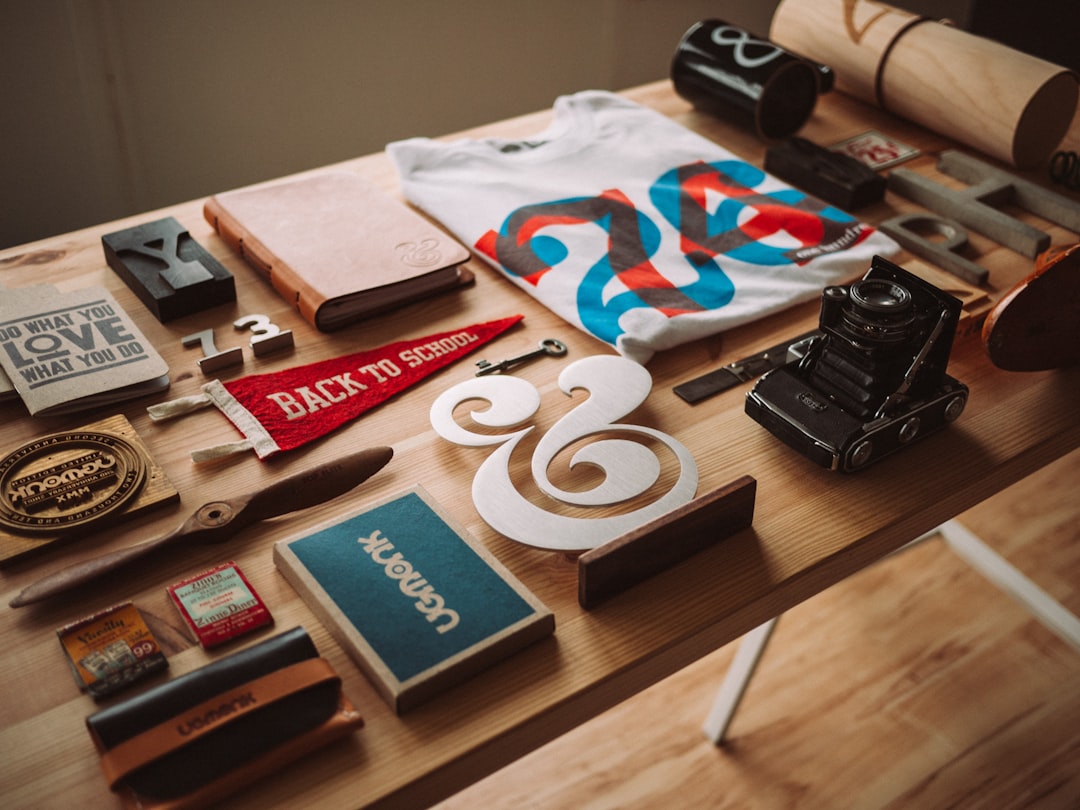In an era marked by rapid technological advancement, the fusion of artificial intelligence (AI) with design disciplines is not just inevitable—it’s already here. The integration of AI in design processes is revolutionizing how creators conceptualize, execute, and evaluate their work. From graphic design and architecture to interactive media and beyond, AI tools offer unprecedented opportunities for innovation while also posing unique challenges. This article delves into how AI is reshaping the design landscape, enhancing creative capabilities, and setting the stage for future trends in design methodologies.
The AI-Driven Design Process
AI’s role in the creative process is becoming increasingly integral. Designers traditionally relied on manual sketching and conceptualizing, which is time-intensive and often constrained by human limitations. AI algorithms, however, can process vast amounts of data and generate design iterations more quickly than any human. This capability enables designers to explore a broader array of options and variations, pushing the boundaries of creativity and functionality. Moreover, AI can automate routine tasks, allowing designers to focus on more complex and innovative aspects of their projects.
Personalization at Scale
One of the most significant advantages of AI in design is its ability to personalize. In industries such as fashion and interior design, AI algorithms analyze customer preferences, behaviors, and past interactions to create tailor-made designs that cater to individual tastes. This level of customization was previously unattainable at scale. Now, businesses can offer personalized experiences to a large customer base, enhancing satisfaction and engagement.
Enhancing User Interfaces
AI is also transforming user interface (UI) design, making interfaces more intuitive and responsive. By employing techniques like machine learning and predictive analytics, AI can anticipate user needs and provide a more seamless interaction. For example, AI-driven chatbots and virtual assistants use natural language processing to improve user experience, making digital interactions feel more natural and efficient.
Sustainability in Design
Sustainability is a pressing concern in all sectors, and design is no exception. AI helps designers create more sustainable projects by optimizing materials usage and reducing waste. For instance, in architecture and industrial design, AI algorithms can simulate how different materials will perform over time, aiding in making more sustainable choices. Additionally, AI can optimize design for energy efficiency, crucial for reducing the environmental impact of new products and buildings.
The Ethical Dimension
As AI becomes more embedded in design, ethical considerations must be addressed. The autonomy of AI systems can lead to questions about authorship and creativity—what is the role of the designer if AI generates much of the work? Furthermore, AI systems are only as unbiased as the data they are trained on; thus, ensuring AI ethics involves rigorous scrutiny of the data inputs and training processes. Designers and developers must collaborate closely to uphold ethical standards and ensure that AI implementations enhance both creativity and societal values.
In conclusion, AI’s role in design marks a transformative phase in the creative industries. While it offers tools for innovation and efficiency, it also necessitates a careful consideration of ethical and practical implications. As AI technologies evolve, so too will the ways we create, perceive, and interact with designed environments and products, heralding a new age of intelligent design.







